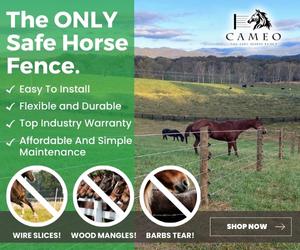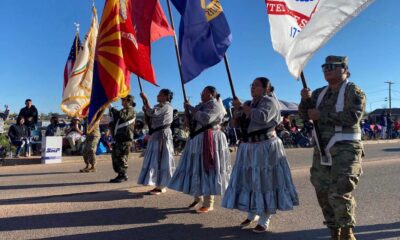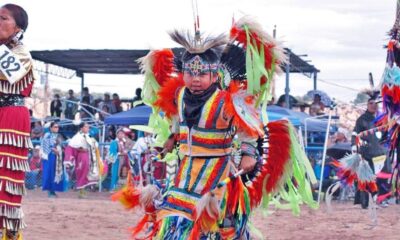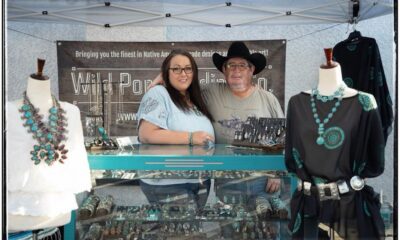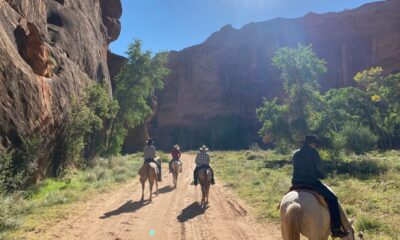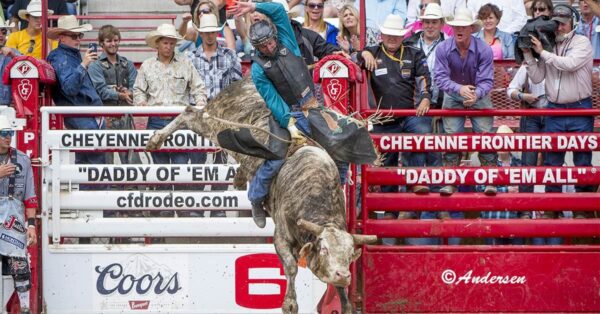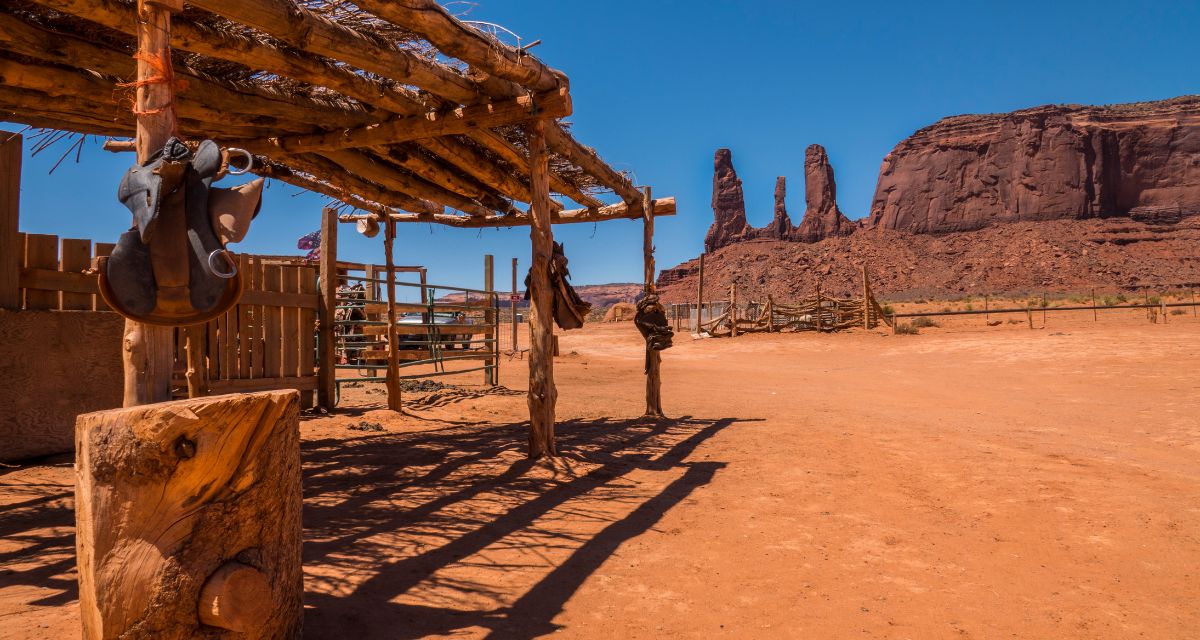
Ranches of the Navajo Nation
Ranching and agriculture continue to be a huge part of the economy and culture of the Navajo Nation. What many people don’t realize is that out of the Navajo’s 17 million acres, 15.7 million of those are dedicated to cultivation or grazing. In addition, the Navajo own or have leasing rights to an additional 1.5 acres of land that are off the reservation. Today we are going to explore some of the main ranches that the Navajo own and their history.

While there are just a few listed on the map above, there are 25 total ranches in Arizona and New Mexico that are leased to Navajo individuals, livestock and grazing associations, and livestock companies through a bidding process. This process was put in place in 2010 to replace a less-than-transparent application process and rule out any inclinations of favoritism.
The Big Boquillas Ranch
Originally part of the VVV ranch which operates many ranches in northern AZ and once ran 30,000 cows and 1,500 horses, also known as the “ Boquillas “ ranch it was purchased by the Navajo Nation in 1987 which they still own today. Today, the ranch is also referred to as the “Diamond A Ranch“, which has been operated by Cholla Livestock LLC since 1982. The ranch covers 750,000 acres and stretches 75 miles beginning at the town of Seligman and ending at the South Rim of the Grand Canyon. These days on the operation they run about 6,000 head of mother cows and they also breed their own string of ranch horses that are highly sought after for their toughness and durability.
The Diamond A prides itself on producing high quality cattle to be marketed as natural beef to consumers across the country.
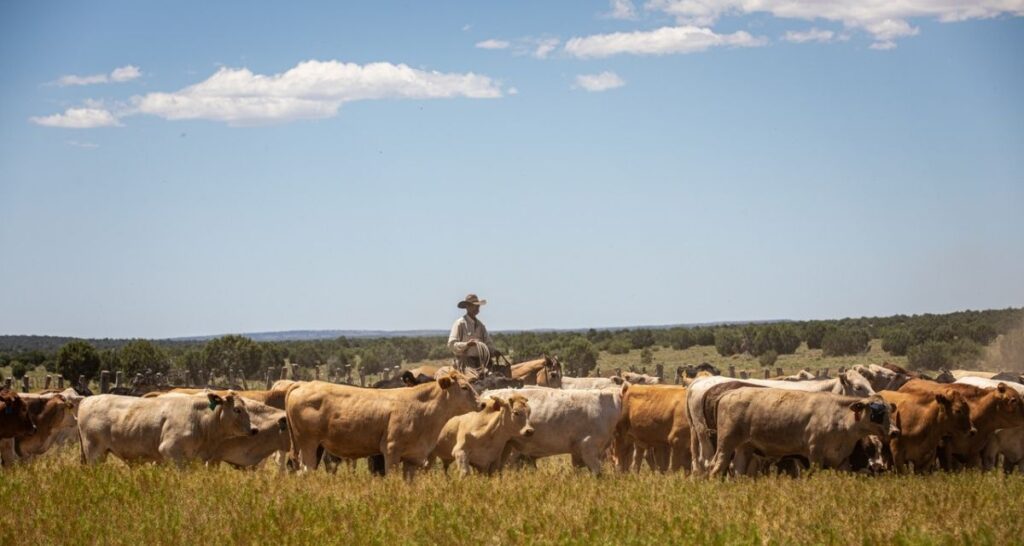
Other Navajo Ranches in Arizona
While there isn’t a ton of information available on other Navajo owned ranched in Arizona, we do know that the Navajo Nation Peaks Ranch stretches along the northwest side of the 89 and then at the northernmost tip, crosses over the 89 into a little strip on the east side. This stretch of road is also pretty well known for having Navajo pop-up shops where vendors set up shop for the day and sell their wares to passing travelers. This is a great way to support local businesses and artisans. The other Navajo ranch in Arizona is in Winslow, and there have been several land transactions in the last couple of decades so it’s hard to tell which ranches the Navajo still own and which have been sold or traded.
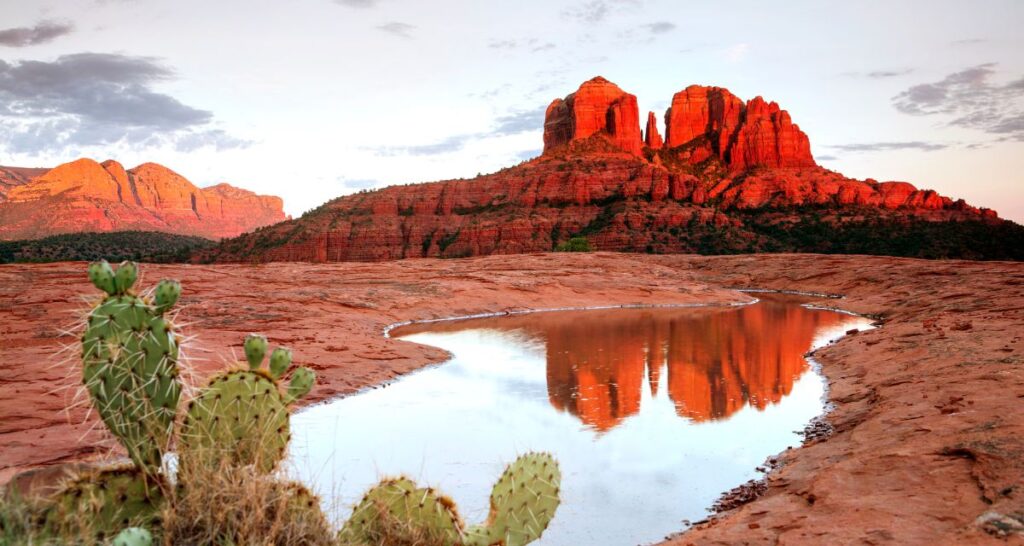
Navajo Ranches in New Mexico
In addition to the three ranches in Arizona, the Navajo have 22 other ranches across New Mexico. While agriculture plays a huge role in the food supply, it is an ongoing challenge to help Navajo farmers and ranchers be profitable at what they do. According to an article released by the Navajo Times in 2019,
The ranching program pays about $300,000 a year in property taxes to 11 different counties, Notah said. It’s one of the program’s major expenses. The program’s $700,000 budget also includes about $300,000 in salaries, leaving just $100,000 a year for improvements at the ranches.
The Navajo Times
Overall, that doesn’t leave a lot of budget for much-needed updates to the infrastructure to get the ranches to where they need to be. This is where our friends at CKP Insurance come into play. While the Navajo Nation does receive additional government money, they also receive money from their PRF Insurance policy with CKP Insurance. In February of this year, they were expecting a $3.3 Million return on their agriculture investment. Some of this money goes back into the agriculture sector of the Navajo Nation to help with the updates, one of which is improving the availability of water across the nation. We appreciate everything that CKP Insurance is doing for the Navajo Nation and several other ranches across the country!
Official Chad Berger Partner: CKP Insurance
Their trained professionals will walk you through a range of options using risk-assessment tools that will help you manage your risks when there is a drought in your area. The PRF program is backed by the USDA and is subsidized to maximize your benefits.
Those Who Expect More Choose CKP
You Built It. We Can Help You Protect It.
Pasture, Rangeland, and Forage Insurance was designed to help protect your operation from the risks of forage losses that are produced for grazing or harvested for hay, resulting in increased costs for feed.
Anyone can sell you a policy. But CKP Insurance invests the time to understand your needs and develop a strategy that will help you protect and manage your business risks and operations, rain or shine.

Last Updated on 10/27/2022 by Krysta Paffrath
CLN Community & Event Sponsor
